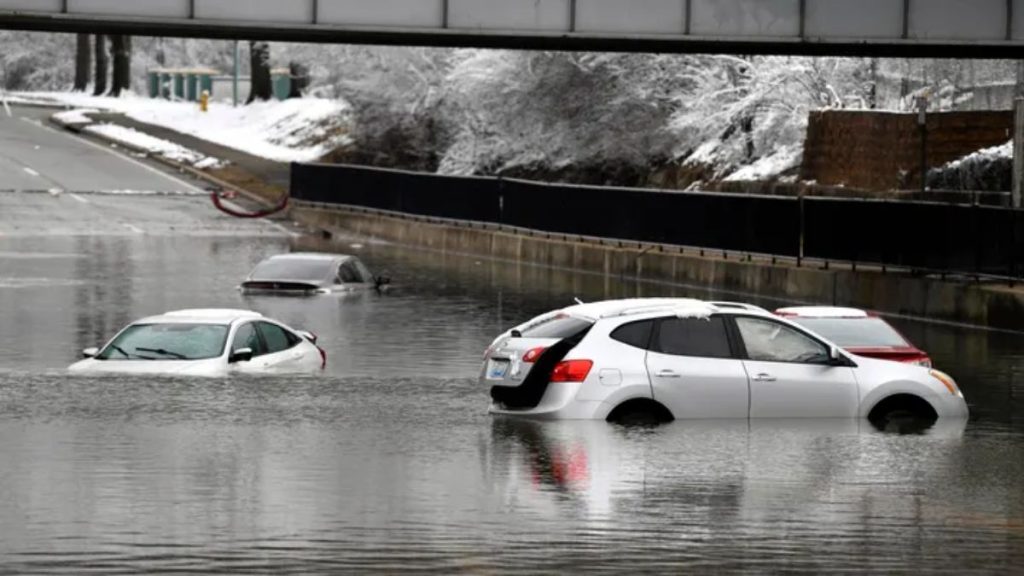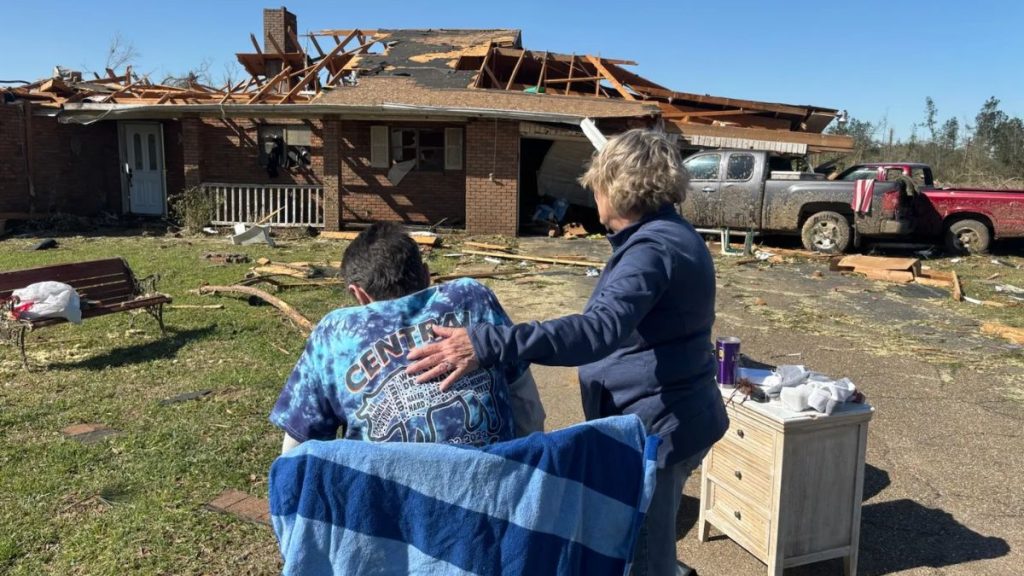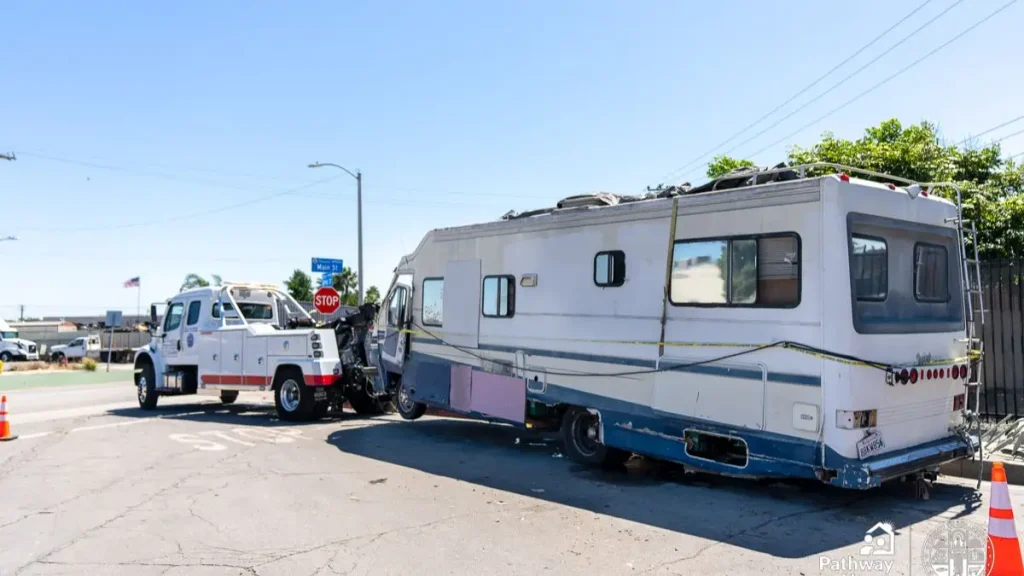Trump’s Disaster Declaration: How Flood Relief Policy Can Help You Rebuild
You probably already heard about the devastating floods hitting Texas recently. These weren’t just your usual rains—they caused serious damage across multiple counties, leaving thousands struggling with flooded homes and disrupted lives. After seeing the scale of destruction, President Trump signed a federal disaster declaration.
Now, what does that actually mean for you or someone living in those flood-affected areas? Simply put, this declaration unlocks federal aid and resources that can speed up recovery. It’s not just paperwork; it’s a lifeline from the government to help people get back on their feet.
I know it might feel overwhelming when disasters hit—there’s so much uncertainty. But this move signals that help is officially on the way. In this article, I’ll walk you through what this declaration means, what kind of aid you can expect, and how it impacts communities like yours.
What Is a Federal Disaster Declaration?
You might wonder, what exactly is a federal disaster declaration? In simple terms, it’s an official approval from the President that lets federal agencies like FEMA step in to help when a disaster overwhelms state and local resources.
According to ValleyCentral’s report, this declaration means the government recognizes the flood damage as severe enough to require federal assistance. That’s a big deal because without it, states have to manage on their own, which can slow down the relief process.
It’s important to know that state and federal declarations are different. The state handles immediate emergency responses, but a federal declaration opens up funds, grants, and technical help that can rebuild homes, roads, and utilities faster.
The process isn’t automatic. Local officials first request help, and then after assessment, the President signs the declaration—like what happened recently after the Texas floods.
How Does Federal Aid Help After Floods?

Now that you know what a federal disaster declaration is, let’s talk about how federal aid actually helps people on the ground.
Once the declaration is signed, various kinds of aid kick in. FEMA provides grants for temporary housing, repairs to damaged property, and funds to clean up debris. Sometimes, low-interest disaster loans are also offered to individuals and businesses to recover financially.
But it’s not just about handing out money. Federal aid means experts and resources come to help local agencies coordinate rescue and rebuilding efforts faster and more effectively.
If you’re living in one of the affected areas, you’ll want to know how to qualify for this aid and how to apply. The process usually starts with registering online or via phone with FEMA, and you’ll need to provide details about your damage.
From what ValleyCentral report highlight, aid distribution often begins quickly after the declaration, but patience is key — it takes time to get through the application and inspection phases.
Specific Aid Details for Texas Flood Victims
If you’re living in Texas and got hit by these floods, here’s what you need to know about the aid coming your way. The federal disaster declaration covers specific counties affected by the floods — local officials have already named places in the Rio Grande Valley and surrounding areas.
This means residents in those counties become eligible for federal assistance, including grants to repair or replace damaged homes, funds for temporary housing if your home is unsafe, and help with other disaster-related expenses.
Beyond federal help, Texas state agencies are also pitching in with resources and additional support, which can sometimes speed up the process or fill gaps where federal aid doesn’t cover everything.
Sources like MyRGV have detailed updates on which areas qualify and what kind of resources are expected, so keep an eye on local announcements for the most accurate info.
What Are the Next Steps for Affected Communities?

If you’ve been impacted by the floods, the first thing to do is register for federal aid through FEMA’s disaster assistance portal. You can apply online or call their helpline. Make sure you have details about the damage handy because that will speed up the process.
Keep an eye on local shelters and community centers too—they often offer immediate support like food, temporary housing, and cleanup kits. Follow your local government’s updates on social media or websites to stay informed.
Safety during cleanup can’t be stressed enough. Floodwaters can carry bacteria, chemicals, and other hazards. The CDC provides straightforward flood safety guidelines you should follow, like wearing protective gear and avoiding contaminated water.
Also, document all your damages carefully—take photos, keep receipts for repairs, and save insurance documents. This will help you get the aid you’re eligible for without hassle.
For more real-time updates and tips on disaster relief and community support, you can join a dedicated WhatsApp group where important alerts and resources are shared regularly.
If you’ve already applied for aid or started recovery, what challenges have you faced? Let’s discuss in the comments and support each other
Broader Context — Climate, Flooding Trends, and Disaster Preparedness
It’s hard to ignore the bigger picture here. Floods like these in Texas are becoming more frequent and intense. NOAA’s climate data shows a clear upward trend in severe weather events over the past decade.
Experts from Harvard and other institutions link this increase to climate change, which is making storms stronger and rainfalls heavier. So, these floods aren’t just “bad luck” — they’re part of a global pattern we need to understand.
Knowing this helps us focus on preparedness too. Communities can’t just wait for disasters to happen; they need better infrastructure, early warning systems, and education about flood risks.
Just like disaster management requires clear communication and accountability, issues in government leadership—such as those recently highlighted in immigration hearings—show how important it is for officials to respond transparently during crises
Unique Gaps and Insights Missed by Other Articles
Most articles focus on the disaster declaration itself and the basic aid details, but they often miss deeper issues. For example, many don’t explain clearly how to navigate the aid application process step-by-step, which can be confusing for flood victims.
Another gap is the lack of discussion around long-term preparedness and climate change, which are crucial for understanding why these floods keep happening and what communities can do to reduce future risks.
Conclusion
So, what’s the takeaway here? The federal disaster declaration isn’t just a headline — it’s a real step toward helping Texans recover from these devastating floods. Aid is coming, but it takes action on your part too. Register for assistance, stay informed, and lean on your local community for support.
Remember, recovery is a process, and it won’t happen overnight. But with the right resources and information, you can navigate this tough time more confidently.
If you or someone you know has been affected, don’t wait to reach out for help. Check the official FEMA portal and Texas emergency sites regularly for updates.
How are you or your community coping with the floods? Share your experience or questions—sometimes talking helps more than anything else.
Disclaimer: This article is based on publicly available sources and official announcements. The situation may change rapidly, so please regularly check FEMA and local authorities’ websites for the latest updates. We are not responsible for any loss or damage resulting from the use of this information.


